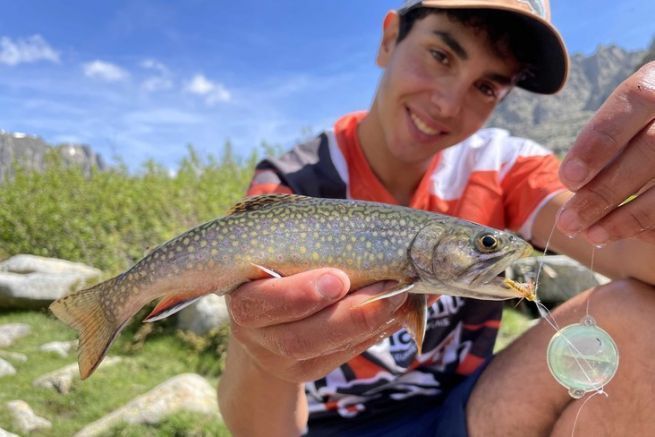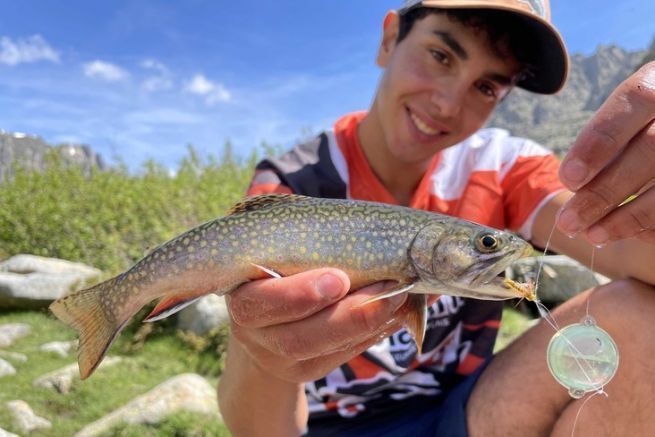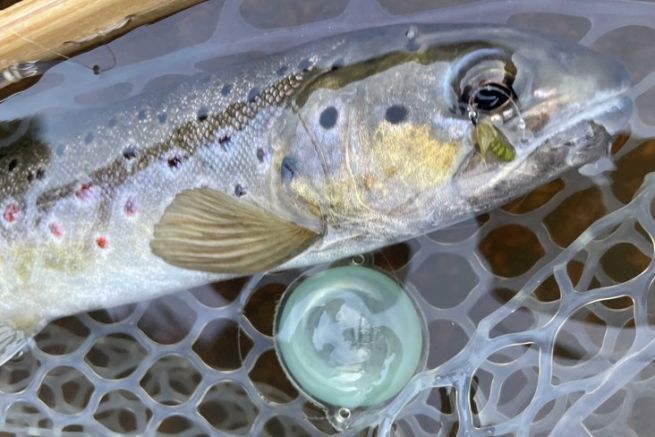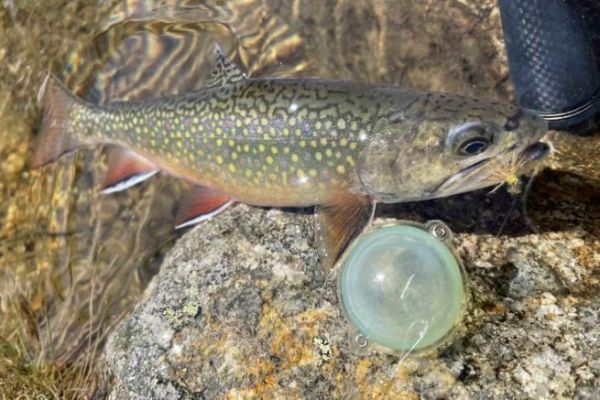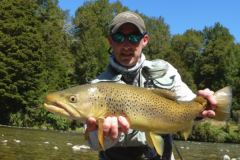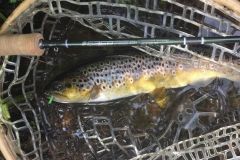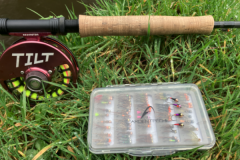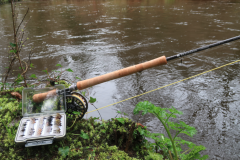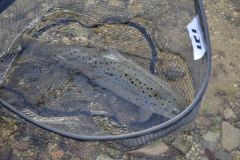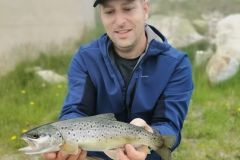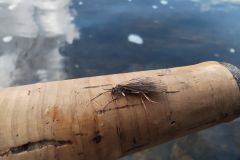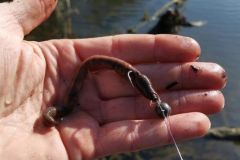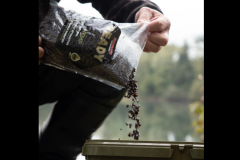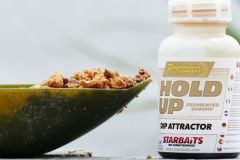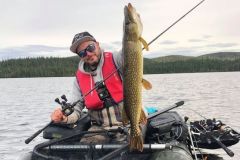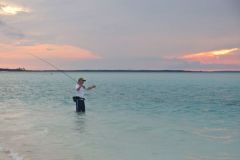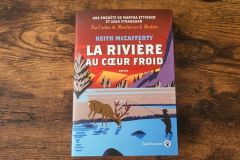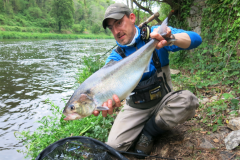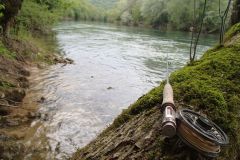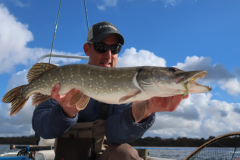The fly tying with a buldo is a very efficient tying with many advantages, provided that it is done in an optimal way.
Small point on the regulation
For fishing in the first category, it is forbidden to use more than 2 hooks per line, whether it is single, triple, double or Texan. However, and except local prohibition, it is authorized to make a mounting with 3 artificial flies. The following rig is therefore legal. Nevertheless, ask your federation and adapt this rig with 2 flies if this is the maximum allowed in your area.
The material to be used
To make a buldo-fly assembly, you will need:
-
From a buldo
-
Of 3 flies (1 dry, 1 emergent and 1 nymph)
-
A pair of scissors or a wire cutter
The diameter of the wire can be adjusted according to your desires and your desire for discretion. However, it is not recommended to go down too much in diameter in order not to make the assembly too fragile.
The assembly
Here is a typical fly tying diagram with buldo.
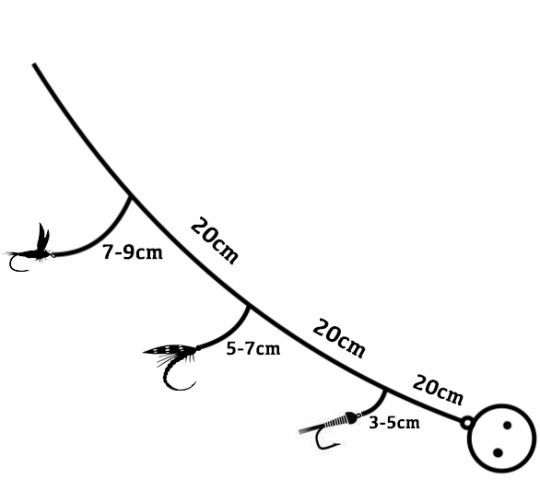
The stems are of different lengths in order to better present the flies and to be able to make the first one jump with the rod tip.
Assembly steps
1) First cut a piece of wire of about 80cm which will be used for the body of the line and three other pieces of about 25cm which will be used for the stems, which you will cut later.
2) Then fix the first stem at 20cm by making a simple knot in which you pass three times, moisten to avoid heating and tighten it. Then cut the excess.
-
Repeat the step 20cm from this first pot, then 20cm from the next one to have an equidistance between the flies.
-
Then connect your buldo at the end and your wire from the rod on the other side.
-
The stem closest to the buldo must be the shortest with a length between 3 and 5cm on which a nymph is fixed
-
The second one is a little longer (between 5 and 7cm) and is used for an emergent
-
And finally the last one, still a little longer, will receive a dry at the end of its length of 7-9cm.

This difference in length and type of flies is simply explained by the presentation of these flies, indeed when your line is stretched with the rod high, the dry fly is on the surface, the emergent fly is just under the water film and the nymph is under water.
This technique allows to scan different water layers, and therefore different fish behaviors, without changing the set-up.
